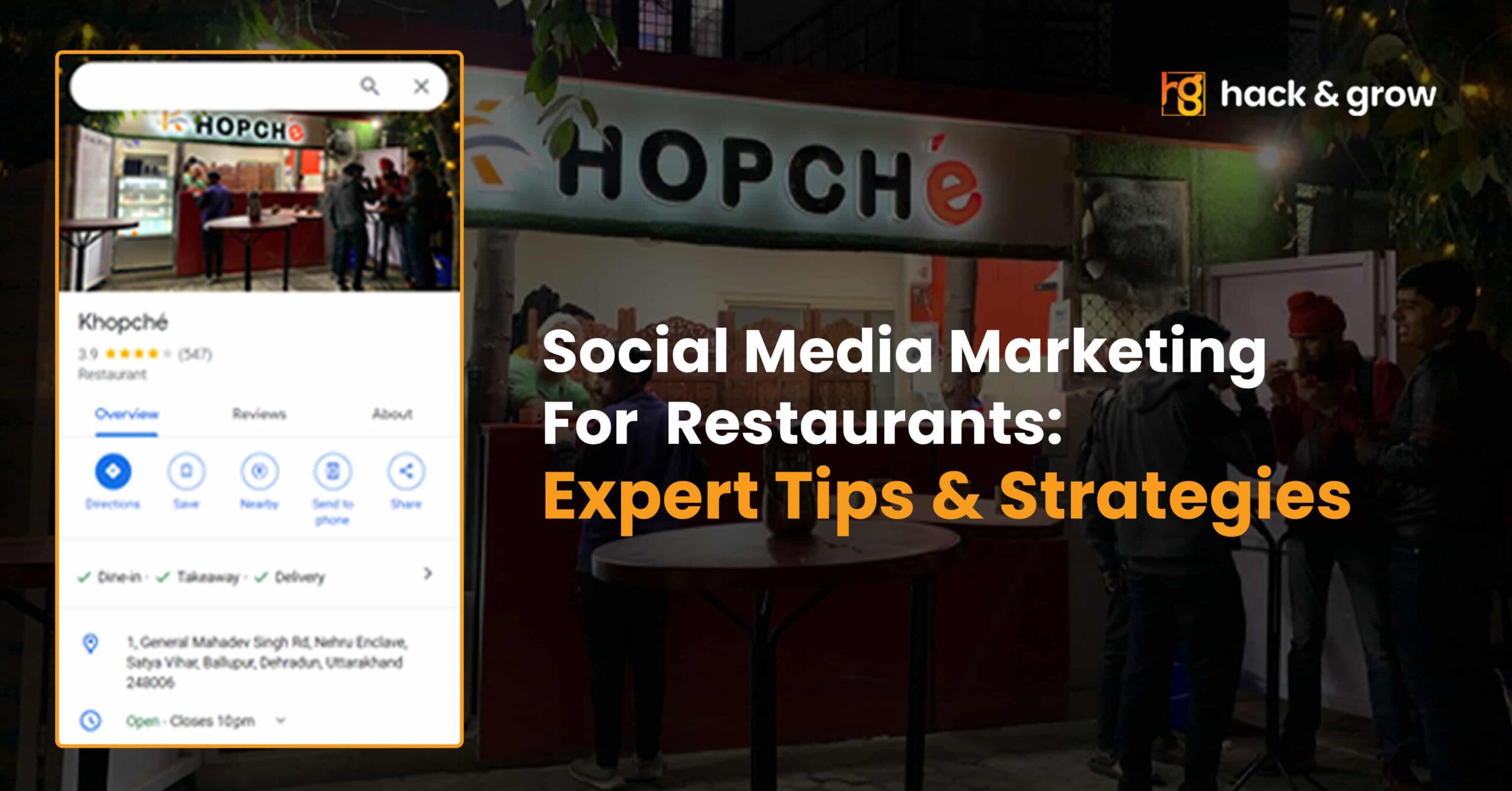Building a strong internal linking strategy is a crucial step toward enhancing your website’s SEO performance and improving user experience. it’s not just about adding links randomly but ensuring they’re placed in a way that makes sense for both search engines and your visitors. Internal links help distribute link equity across your pages, leading to better rankings and allowing users to navigate smoothly through your content.
In this guide, we’ll dive into the key aspects of building an effective internal linking strategy and show how it can positively impact your website’s performance.
What is an Internal Linking Strategy?
An internal linking strategy refers to the method of connecting different pages of your website with hyperlinks, making it easier for search engines and users to navigate your site. Internal links guide visitors to related content, allowing for a more cohesive and valuable user experience. For search engines like Google, internal links help define your site’s structure, indicating which pages are important and how they relate to one another.
Internal links pass authority (link equity) from one page to another, helping search engines understand your website’s hierarchy. This is why a well-planned internal linking strategy can boost your SEO rankings, make it easier for users to find relevant content, and increase your overall traffic.

Benefits of Internal Linking
Understanding the benefits of internal linking is essential for creating a successful SEO strategy. Internal links:
1. Improved Crawlability
Internal links help search engine crawlers, such as Googlebot, move through your site efficiently. By having a logical internal link structure, you ensure that search engines can easily index all your important pages. This improves your site’s crawlability and can help pages that might otherwise be buried deep within your site gain visibility.
2. Improve User Experience
With a well-placed internal linking strategy, users can easily navigate through your site and find related content. This helps in lowering bounce rates and increasing the time spent on your site, both of which positively influence SEO.
3. Increase Page Authority
Internal links spread “link juice,” or authority, throughout your site. High-ranking pages can transfer some of their authority to lower-ranking pages, improving their visibility in search results.
4. Boost Content Discoverability
Internal links make it easier for both users and search engines to discover content that might otherwise be buried deep within your site. For example, linking to older blog posts from newer articles helps them remain relevant and accessible.
Steps to Build an Effective Internal Linking Strategy
A carefully planned internal linking strategy ensures all of your site’s important content is well-linked. Below is a step-by-step approach to developing a robust internal linking structure.
1. Conduct an Internal Link Audit
Before creating new internal links, perform an audit of your existing links. This allows you to find and fix issues like broken links, .
Steps for an Internal Link Audit:
- To crawl your website, use programs like Ahrefs or Screaming Frog.
- Identify broken links and either update or remove them.
- Find orphaned pages that lack internal links and incorporate them into relevant content.
2. Identify Your Most Important Pages
To boost the SEO of critical pages, identify the content that drives the most traffic or conversions. These could be cornerstone articles, high-performing blog posts, or product pages.
Example: If your most important page is a blog post on SEO Internal Links, ensure that it’s linked from various other relevant articles across your website.
3. Use Descriptive Anchor Text
Anchor text optimization is key to making your internal linking strategy work. Ensure that the anchor text is descriptive and related to the page you’re linking to. Both SEO and user experience are enhanced by this technique.
Example: Instead of “click here,” use anchor text like “learn more about Link building strategy.”
4. Create a Logical Link Structure
A well-organized internal link structure improves navigation and boosts your site’s SEO. The most effective link structure is hierarchical:
- Homepage linking to main category pages.
- Category pages linking to subcategories or individual blog posts.
- Individual blog posts linking to related content for deeper engagement.
5. Link to Underperforming Pages
Pages that don’t rank well on search engines or receive little traffic can benefit from internal links. Link to these underperforming pages from high-traffic pages to improve their visibility.
Best Practices for Internal Linking
Now that you understand the steps for building an internal linking strategy, let’s go over some best practices for optimizing your links:
1. Use Contextual Links
Contextual links are those that appear within the body of the text. These links provide additional information to readers and help search engines better understand the context of the linked page.
Example: While discussing SEO Internal Links, you can link the anchor text to a detailed guide on SEO best practices.
2. Limit the Number of Internal Links
Although internal links are beneficial, over-linking can dilute the user experience and the SEO value of your links. Stick to 2-4 internal links per 500 words of content.
3. Regularly Review and Update Links
Make sure to periodically check and update your internal links as you add new information. This will ensure your link structure remains relevant and up-to-date. To keep an eye on the health of your internal links, use tools such as Screaming Frog.
Advanced Internal Linking Strategies
For websites with substantial content, advanced internal linking tactics can further boost SEO and improve user experience.
1. Link to Evergreen Content
Evergreen content refers to articles that remain relevant over time. Linking to this type of content ensures your readers are directed to timeless resources that provide ongoing value.
2. Use Breadcrumbs for Easy Navigation
Breadcrumb navigation helps users and search engines understand the structure of your site. This is especially useful for e-commerce websites or blogs with multiple categories.
Common Internal Linking Mistakes to Avoid
Even a well-planned internal linking strategy can fail if common mistakes are made. Avoid these pitfalls:
1. Linking to Irrelevant Pages
Always ensure your internal links are contextually relevant. Linking to unrelated pages confuses both users and search engines, which can negatively impact your SEO.
2. Using Non-Descriptive Anchor Text
Anchor text like “click here” provides no context about the linked content. Always use descriptive anchor text that matches the page’s content.
3. Focusing Only on High-Ranking Pages
While it’s important to link to high-ranking pages, don’t ignore underperforming pages. By spreading links more evenly, you can help raise the visibility of lesser-known pages.
Conclusion: Building an Effective Internal Linking Strategy
Creating a successful internal linking strategy is essential for improving your website’s SEO performance and user engagement. By following the best practices outlined in this guide, you’ll enhance your site’s visibility, improve rankings, and offer a better experience for your users. Start by auditing your site, optimizing anchor text, and creating a logical structure for internal links. Consistently review and update your strategy for continued success.






